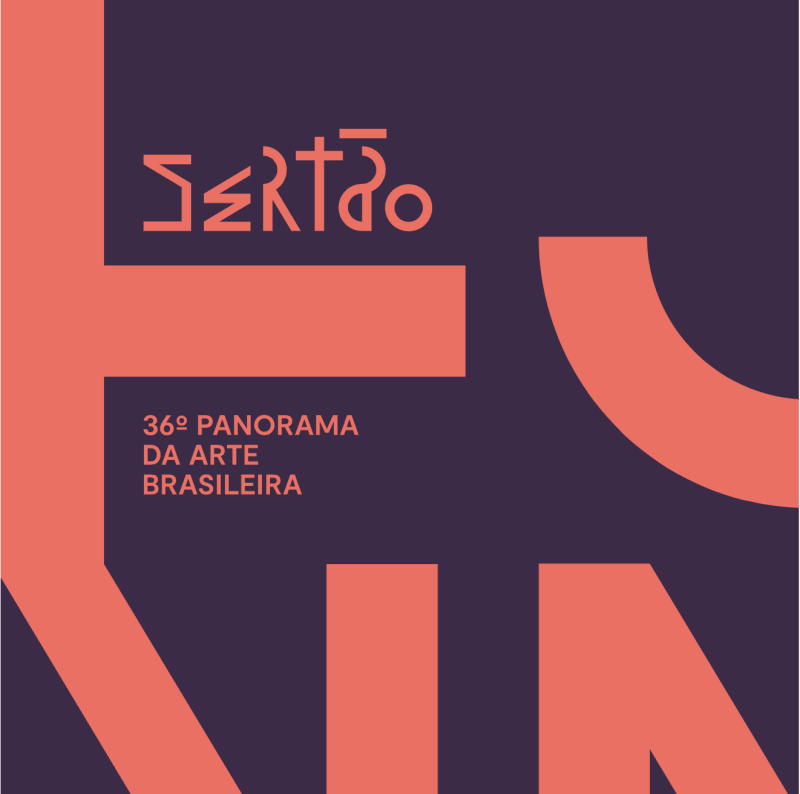With its 36th edition, the Museu de Arte Moderna de São Paulo marks the fiftieth anniversary of the Panorama of Brazilian Art, celebrating the vitality of that which is one of the major shows of the Brazilian circuit and reaffirming its mission to stage projects that celebrate the multiplicity of Brazilian culture at the institution.
In Sertão, the curator Júlia Rebouças proposes an investigation of current Brazilian output based on a profound concept of our tradition but understood independently of any specific geographic region. Thus, the sertão is presented as the unknown, as an experience of resisting and collaborating in the face of adverse living conditions. For this project, twenty-nine artists and collectives were gathered together to bear witness to the power of Brazilian art.
By staging this show, MAM reaffirms its commitment to the mission of expanding the debate on art through reflection on pressing themes of modern society.
MARIANA BERENGUER [President of the Museu de Arte Moderna de São Paulo]
***
Sertão is a word of unknown origin. In the Portuguese language, records of its existence date back to the 15th century. When the colonizers landed here, they brought the term with them, using it to designate the vast territory of the inlands, which was imperceptible from the coast. Since then, various meanings have been assigned
to this word, without ever fixing on a settled idea. It is formed of oppositions: it can refer to the forest and to open land, to the desert and to settlements, to that which is close and that which is remote.
It describes the visible and the unknown, aridity and the fertility, the uncultured and the cultivated. Although this term came to Brazil in a caravel ship, this did not stop sertão from rising up against colonialism and escaping its intentions. It preserves its power of invention. It does not surrender to the monopolies of patriarchal knowledge. It demands new social pacts. It de-hierarchizes its relationship with nature, reveres mystery, and celebrates.
In the light of a certain production of Brazilian art, Sertão is a way of thinking and acting. An evocative term, it carries with it transformative affects, political forms, ideals of creation, memories of struggle, rituals of healing, and fictions of the future. This sertão-art which is presented here is found in the fluidity of languages. More than a place, sertão is a crossing. It spreads throughout Brazil; it is in the working of the small holding, it prevails in the alleys of the favela; it descends along the riverbed; it is written on the walls of the city and present in the reclaimed land.
At the 36th Panorama of Brazilian Art, twenty-nine artists and collectives are gathered together to share strategies of resistance and models of experimentation, based on their stories. If, by definition, the sertão is at the limit of what can be apprehended, the notion of panorama is complementary in the form of its contradiction.
The importance of bringing together these elements and embracing these oppositions, however, is due to the ever-increasing need to defend non-hegemonic existences and to share other ways of life. As long as art can assert its sertão condition, there will always be struggle, there will always be difference, there will always be the new.
Júlia Rebouças [curator]
